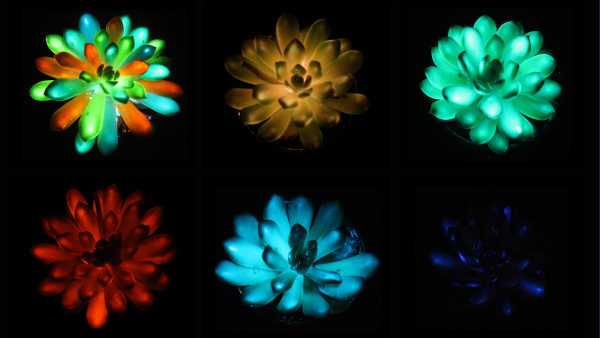
For the first time, researchers have developed multi-colored plants that can emit light in the dark. (Image: Liu et al., Matter (2025))
Chinese scientists have created rainbow-colored succulents by injecting their leaves with phosphorus particles with an afterglow effect that accumulate and then slowly release light energy.
According to new data, bioluminescent plants maintained their glow for up to two hours, outperforming their synthetic counterparts. Experts noted that this development paves the way for eco-friendly plant lighting for interiors and urban environments.
“Imagine glowing trees instead of street lights,” said project leader Shuting Liu of South China Agricultural University. “The particles were distributed within seconds, and the entire succulent began to emit light uniformly.”
You might be interested
-
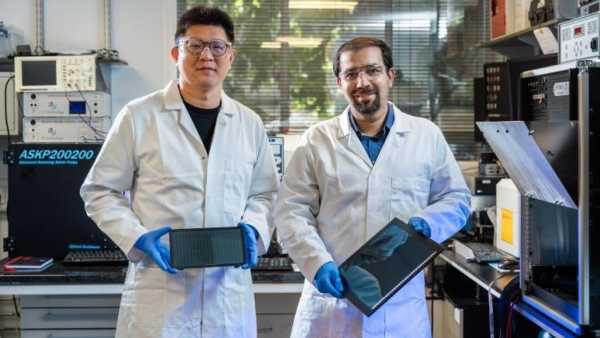
Household appliances may soon no longer require batteries – miniature solar panels have been developed that run on room light.
-

Solar microdrones will be able to study little-studied areas of the Earth's atmosphere.
-
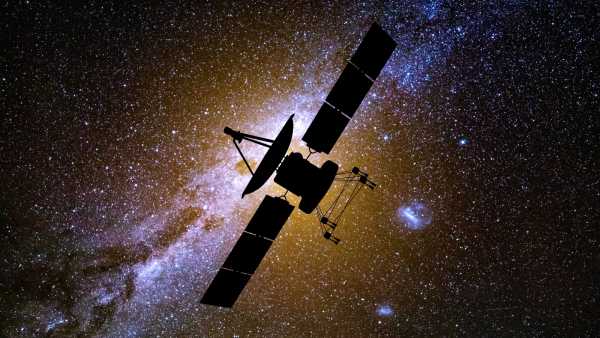
Satellite with Vantablack coating to be launched into space to solve important scientific problem
Previously, attempts were made to achieve plant bioluminescence using both genetic methods and nanomaterials. Genetic engineering uses natural bioluminescent genes, such as those from phytoplankton, but their color palette is limited to the predominantly green spectrum. The introduction of luminescent nanoparticles into foliage produced only a weak glow.
For bright luminescence, the particles must be small enough to penetrate tissue, but large enough to emit visible light. Experiments with nanoparticles based on firefly luciferase provided only a short-term glow that faded within half an hour.
In the current project, Liu and her colleagues used phosphorus particles the size of a human red blood cell (6–8 µm). These micron-sized structures are large enough to glow brightly and move freely inside the plant. “Nanoscale analogs penetrate tissue more easily, but emit less light,” Liu explained.
The results were published on August 27 in the journal Matter.
Micron particles worked effectively only with succulents, but not with Chinese cabbage or epipremnum. For the experiments, Echeveria “Mebina” was used, which has large intercellular spaces that facilitate the penetration of particles.
The scientists activated the plants under sunlight or LED light, obtaining an identical afterglow effect. The green particles demonstrated the maximum duration of glow – up to two hours, comparable to a night lamp.
The team developed the first multi-colored plants by injecting blue, green, red, and purple phosphorus compounds into their leaves. A wall of 56 of these plants illuminated the space enough for reading in the dark.
SEE ALSO
— Plants have been found to have hidden underground root systems unknown to science.
— Research: Plants did not evolve to help each other, maintaining competitive behavior.
— Arctic algae have adapted to photosynthesis in almost complete darkness.
“It’s amazing how the artificial micromaterials fit perfectly with the natural architecture of plants,” Liu said. “Their integration seems almost magical.”
According to the study, such plants could be a low-carbon solution for lighting. Scientists plan to adapt the technology to other species that can store solar energy like batteries.
“The process is simple and economical, the glow is activated in 10 minutes, which makes it promising for practical application,” the paper states.

Sasha PareSocial Media
Sasha is a staff writer for Live Science (UK). She holds a BA in Biology from the University of Southampton and an MA in Science Communication from Imperial College London. Her writing has appeared in The Guardian and Zoe. She enjoys tennis, baking, and finding unique items in second-hand stores.
Please confirm your display name before commenting.
Please sign in again to set up your public name.
Logout Other materials
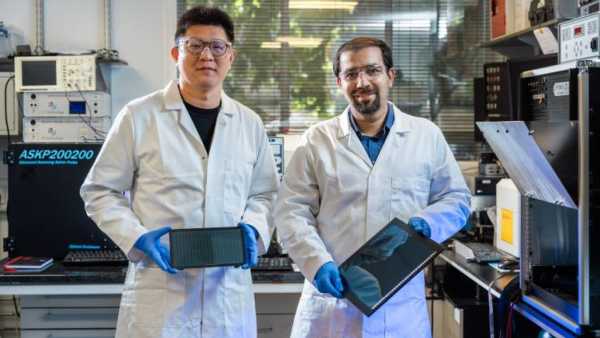
Your household gadgets may soon be able to do without batteries – scientists have created tiny solar cells that can be powered by indoor light.

Tiny devices powered by sunlight could explore a mysterious region of Earth's atmosphere.
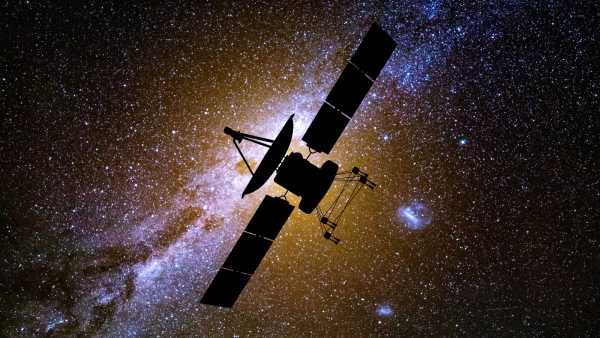
Satellite coated in super-dark 'Vantablack' paint to launch into space next year to combat serious problem

Laser processing increases efficiency of solar technologies by 15 times

Webb telescope data points to possible 'sun dogs' in alien atmospheres
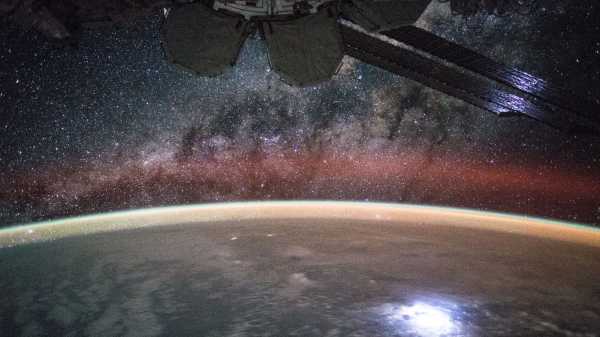
Invisible 'Plasma Bubbles' Discovered in Earth's Upper Atmosphere. Plant News
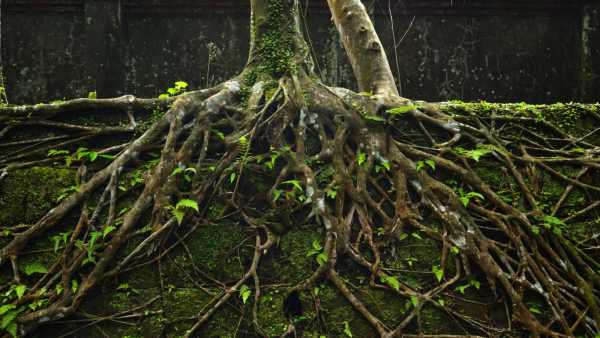
Plants have a secret second set of roots located deep underground that scientists didn't know about.
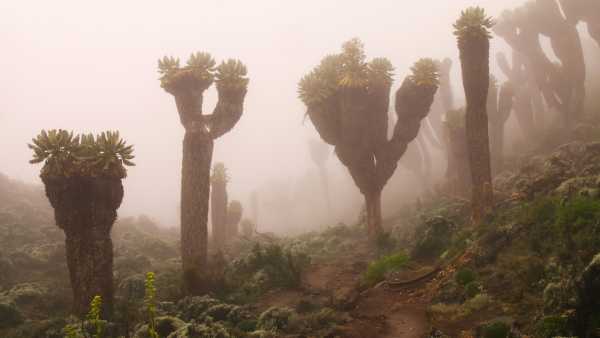
Kilimanjaro Giant Senecios: Unique Plants of the Highlands

Scientists dispute study of trees 'talking' before eclipses
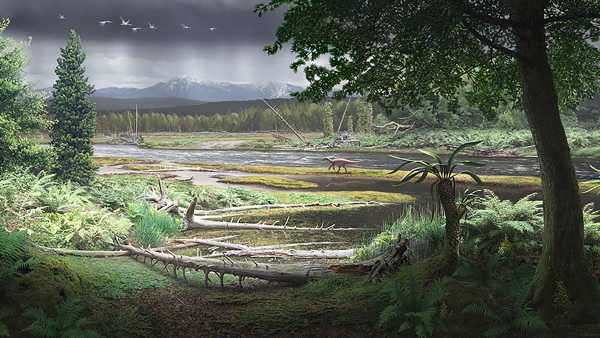
Reconstructing the habitat of “polar dinosaurs” in the Cretaceous period

Optimal Crops for Growing in a Post-Apocalyptic World
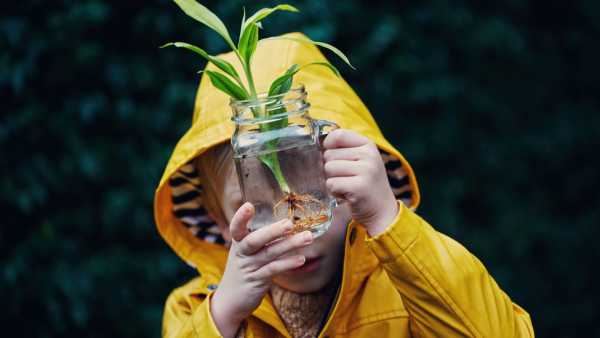
Facts about plants — the main sources of oxygen. Latest news
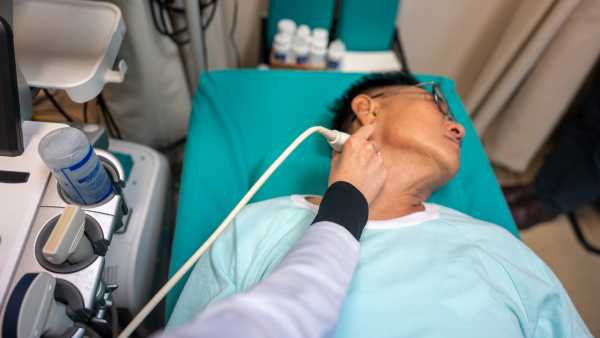
Gum treatment slows arterial thickening: clinical data
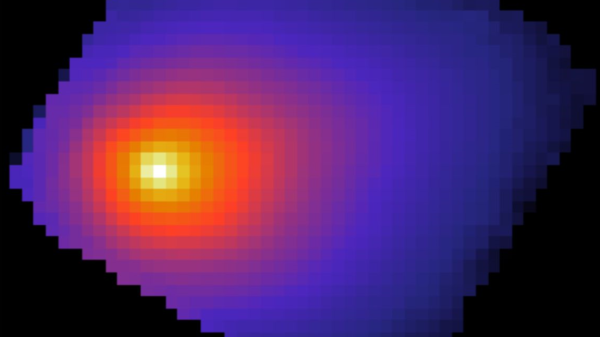
Anomalies in the behavior of the interstellar comet 3I/ATLAS
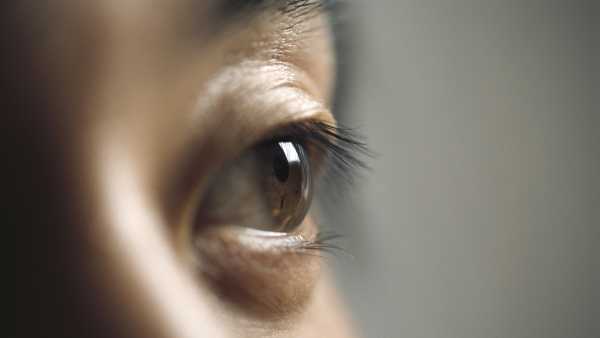
New eye treatment shows promise in early trials
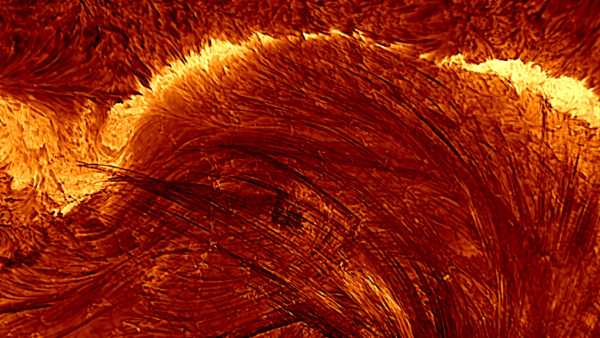
The most detailed photograph of a solar flare in history
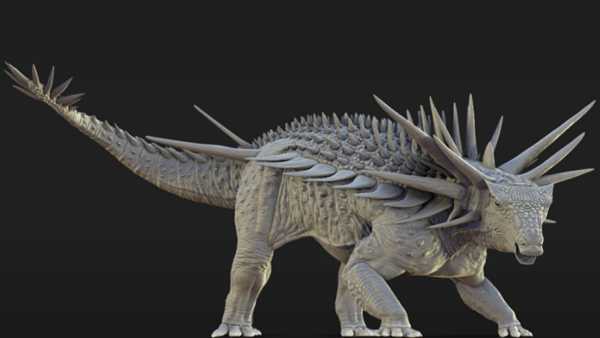
Unusual Ankylosaurus With Meter-Long Spikes Found In Morocco
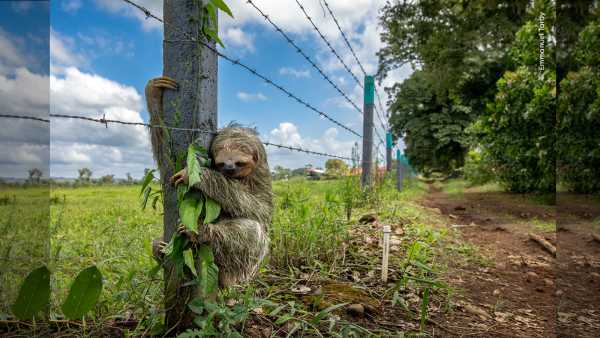
Tragic photo of sloth clinging to wire like it's a tree. POPULAR ARTICLES
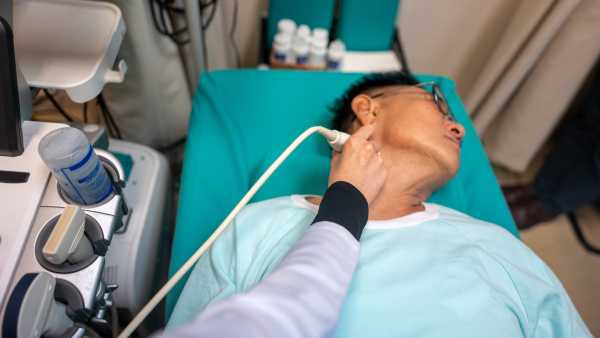
1Clinical studies show that treating gum disease slows the thickening of the arteries.
Live Science is part of the international media group Future US Inc. Visit our website.
- About Us
- Contacts
- Terms and Conditions
- Confidentiality
- Cookies
- Availability
- Advertising
- Notifications
- Career
- Standards
- Suggest a news item
© Future US, Inc. 130 West 42nd Street, 7th Floor, New York, NY 10036.
Sourse: www.livescience.com





